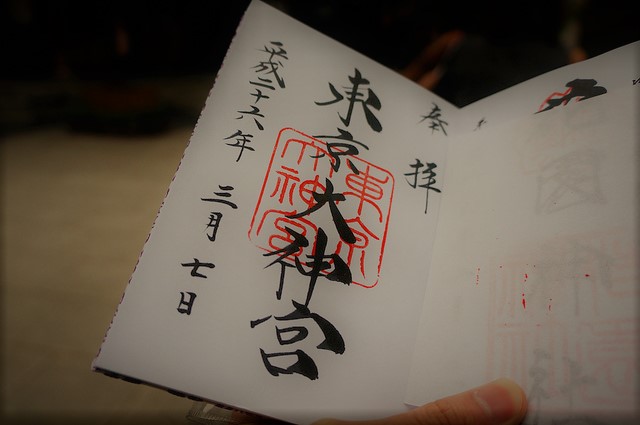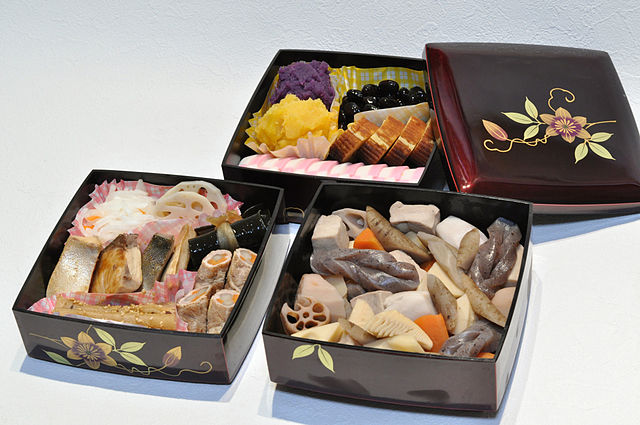英語脳メルマガ 第03080号 With Japan having so many temples and shrines (Kyoto alone is said to have over 2,000) の意味は?
今日も英語脳で英語を読む練習をしていきましょう! 一日一文“英語脳”で読む英語上達法 2017年9月12日(火)号 VOL.3080 本日の例文 TokyoCheapoより。寺社仏閣を訪れる際のガイド記事から引用させてい...

今日も英語脳で英語を読む練習をしていきましょう! 一日一文“英語脳”で読む英語上達法 2017年9月12日(火)号 VOL.3080 本日の例文 TokyoCheapoより。寺社仏閣を訪れる際のガイド記事から引用させてい...

今日も英語脳で英語を読む練習をしていきましょう! 一日一文“英語脳”で読む英語上達法 2016年12月27日(火)号 VOL.2821 本日の例文 Savvy Tokyo より、お節料理についての記事から引用です。 Os...
最近のコメント